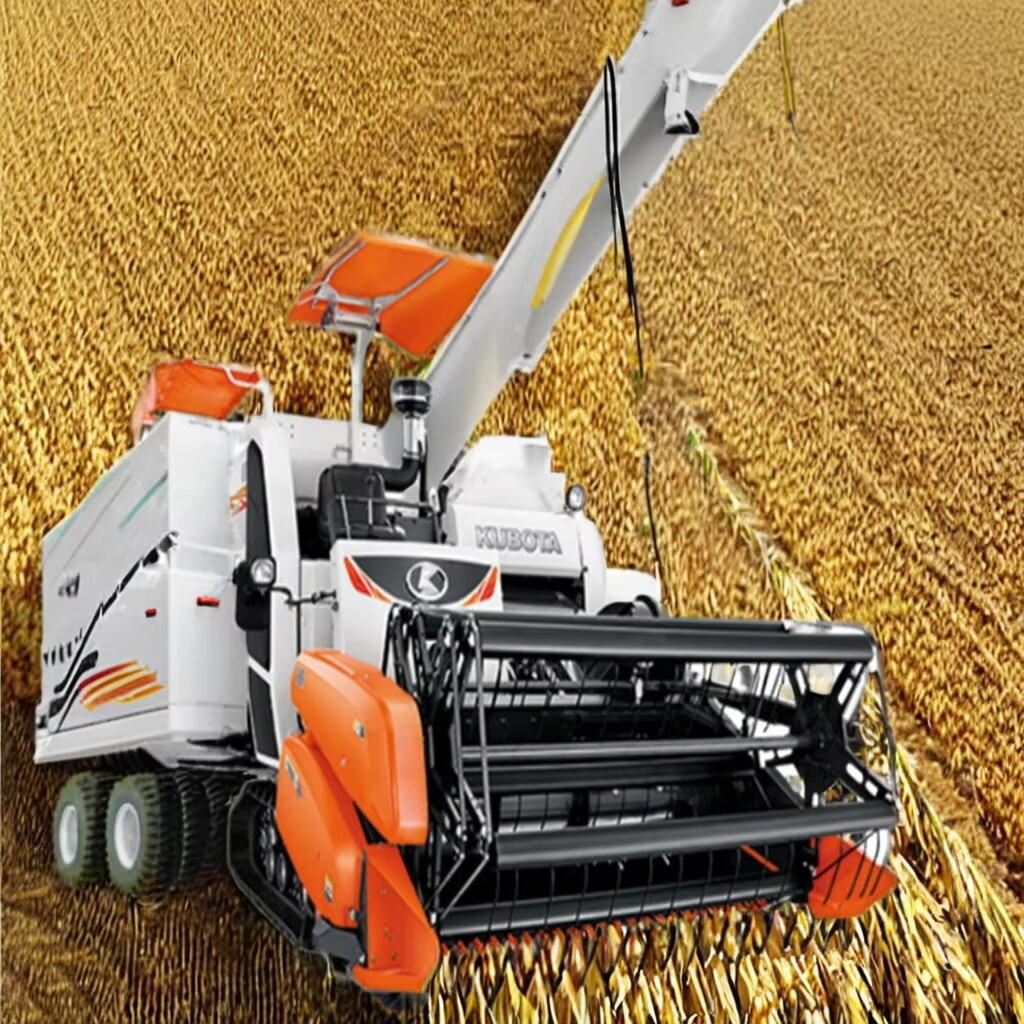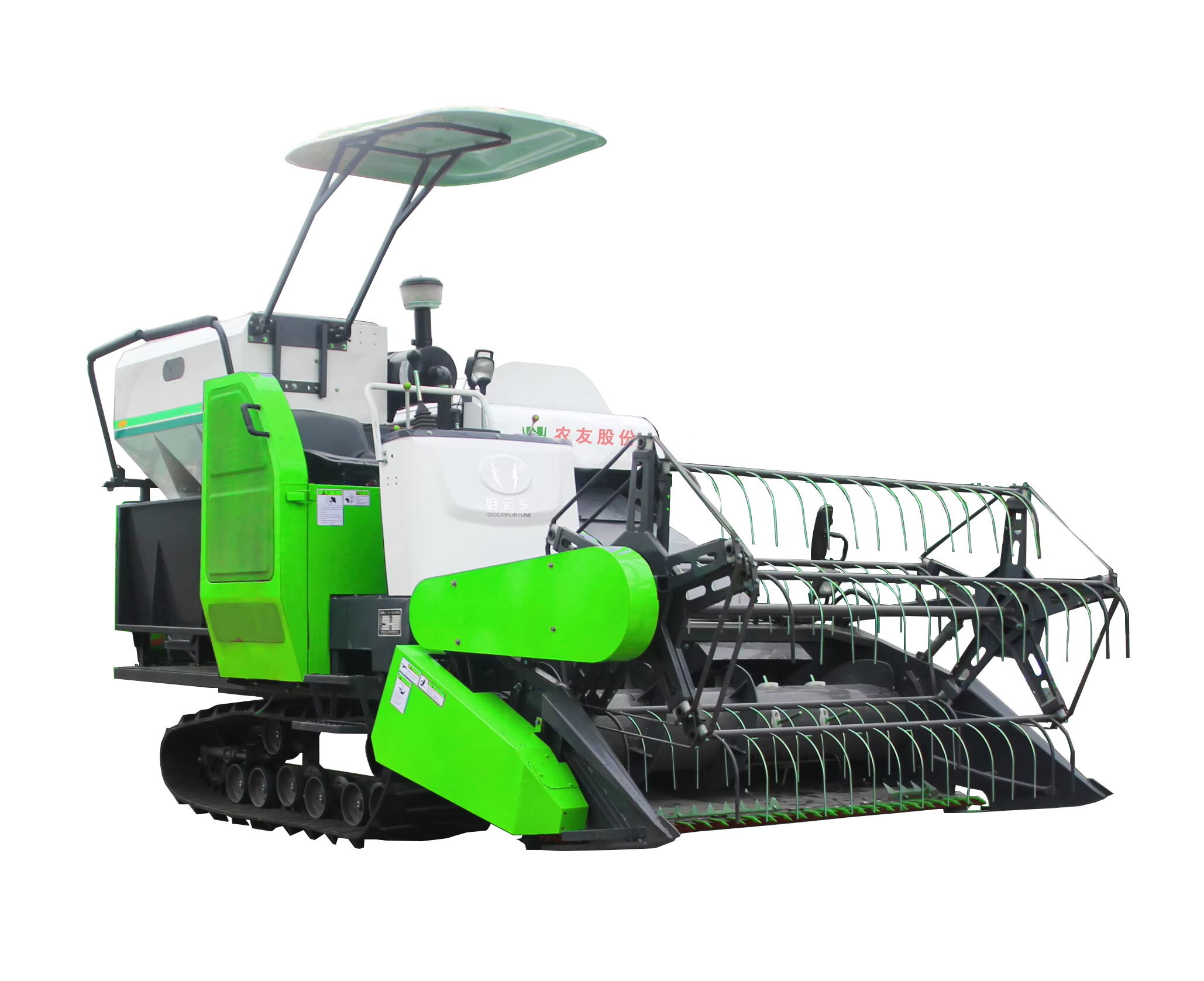Proactive Machine Care for Reliable Harvest Seasons
Maintaining high-performing soybean harvesters is essential for ensuring consistent productivity and reducing the risk of costly breakdowns. As agricultural machinery becomes increasingly advanced, proper care and scheduled maintenance play a pivotal role in extending machine lifespan. With fields varying in conditions and climate, the reliability of soybean harvesters largely depends on how well they’re maintained between each harvest cycle. By understanding the key areas of concern and adopting a routine maintenance schedule, operators can avoid downtime and increase efficiency.
Daily and Seasonal Maintenance Routines
Engine and Hydraulic System Checks
One of the core areas requiring attention in soybean harvesters is the engine system. A clean, well-lubricated engine reduces strain and ensures smooth operation. Regularly checking oil levels, coolant, and fuel filters helps maintain consistent engine performance. For hydraulic systems, inspecting hoses and connections for leaks or damage prevents major failures in the field. Monitoring fluid levels and replacing them according to the manufacturer’s schedule further ensures optimal pressure and motion control.
Belts, Chains, and Moving Parts Lubrication
Mechanical wear and tear are natural in any piece of equipment, but they can be mitigated through regular lubrication and inspection. Belts and chains are critical components of soybean harvesters and should be inspected daily during harvest periods. Tension, alignment, and lubrication must be checked and adjusted frequently to prevent premature wear. Using manufacturer-recommended greases can significantly improve the durability of moving parts and avoid costly replacements.
Cleaning and Storage Guidelines
Thorough Post-Season Cleaning
At the end of each harvesting season, it’s vital to thoroughly clean soybean harvesters to remove plant debris, soil, and residues. Ignoring this step can lead to rust, contamination, and reduced performance. Using compressed air or pressure washers for hard-to-reach areas ensures no debris is left behind. Cleaning grain tanks, augers, and threshing systems also prevents mold growth and infestation.
Optimal Off-Season Storage Practices
Storing soybean harvesters in a dry, covered environment is key to preserving their functionality. Before storage, all moving parts should be lubricated, fuel tanks should be filled or drained (depending on climate), and batteries disconnected or maintained with a trickle charger. Ensuring that tires are properly inflated and the machine is elevated off wet surfaces also contributes to longevity.
Inspection and Replacement of Wear Parts
Regular Component Inspections
Wear parts, such as knives, sieves, and bearings, should be routinely inspected during the harvest season. Catching signs of wear early allows for timely replacement, avoiding breakdowns during critical operational periods. Implementing a weekly inspection checklist ensures no component is overlooked, even during high-stress harvesting.
Replacing With OEM or High-Quality Alternatives
When it comes to replacing parts, opting for original equipment manufacturer (OEM) components or trusted aftermarket brands maintains the performance integrity of soybean harvesters. Poor-quality replacements may not fit properly or wear unevenly, leading to further issues. Documenting part replacements helps in tracking longevity and predicting future maintenance needs.
Software Updates and System Diagnostics
Importance of Onboard Electronics
Modern soybean harvesters rely heavily on electronics for monitoring, automation, and diagnostics. Keeping firmware and software updated ensures compatibility with the latest precision agriculture technologies. Display units, sensors, and GPS modules should be tested and recalibrated regularly for accuracy.
Diagnostic Tools for Troubleshooting
Built-in diagnostics provide real-time feedback on mechanical and electrical issues. Operators should be trained to interpret these codes and warnings to prevent failures. Having access to mobile apps or desktop tools that sync with the harvester’s system can help reduce technician visits and save time.
Operator Training and Safety Awareness
Routine Operator Education
Even the most well-maintained soybean harvesters can suffer from misuse if operators lack proper training. Routine training sessions covering operation protocols, safety checks, and software handling ensure the equipment is used correctly. Providing manuals, video tutorials, or hands-on demonstrations promotes better care.
Emphasizing Safety Protocols
Safety practices not only protect workers but also prevent damage to machinery. Ensuring guards and shields are in place, implementing lock-out/tag-out procedures during maintenance, and wearing appropriate protective gear are vital. Properly maintained safety equipment and signage further support a safe work environment.

Documentation and Preventive Maintenance Planning
Maintenance Logs and Scheduling Tools
Documenting maintenance activities ensures no routine checks are missed. Logs should detail dates, components serviced, parts replaced, and observations. Digital scheduling tools can alert operators about upcoming tasks and service intervals, keeping soybean harvesters in prime condition.
Budgeting for Long-Term Reliability
A proactive approach to budgeting for maintenance helps reduce unexpected expenses. Allocating funds for routine care, spare parts, and professional servicing is more cost-effective than emergency repairs. Using historical maintenance data can inform future budget planning and upgrade cycles.
FAQ
How often should I service my soybean harvester during the season?
It’s recommended to perform basic checks daily and conduct in-depth servicing every 100 operating hours or weekly, depending on intensity of use.
What are the most common signs that a soybean harvester needs maintenance?
Unusual noises, reduced performance, visible leaks, and inconsistent threshing results are key indicators that maintenance is required.
Can I use generic parts for repairs instead of OEM components?
While generic parts may be more affordable, using OEM or high-quality branded alternatives ensures better compatibility and longevity.
Is it necessary to update the software of my soybean harvester?
Yes, updating the software helps integrate new features, improves system efficiency, and enhances compatibility with modern agricultural technologies.

